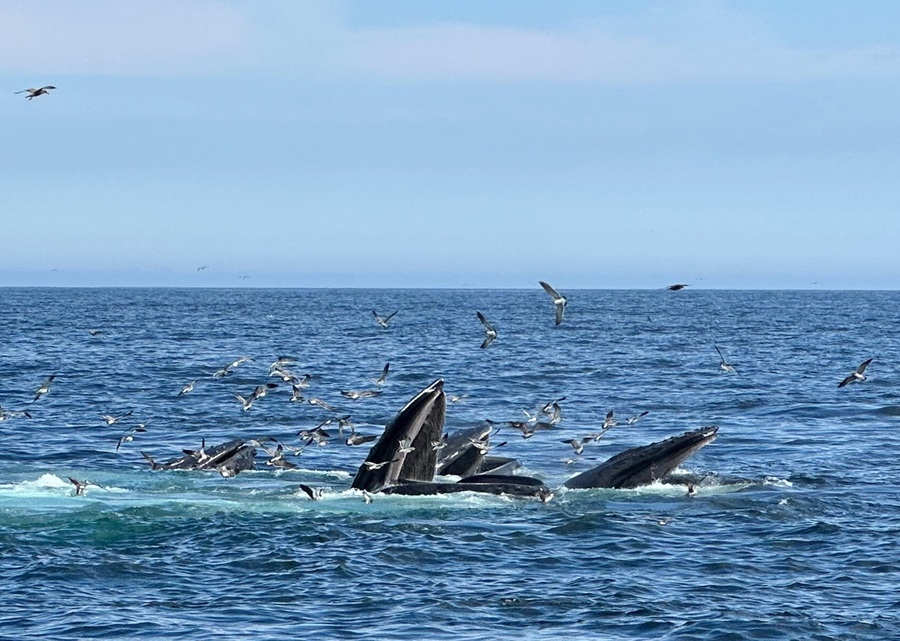The striped bass are continuing to move into our area, and there seem to be a fair number of fish in Buzzards Bay, but the fishermen to our south in New York and New Jersey are not having what I would call a banner year so far. There have been some big fish caught, but the numbers are down significantly compared to last season — which admittedly was epic.
There may be a few reasons for this dropoff. The stripers may have migrated a little to the north, offshore of the three-mile limit line, into waters where it is illegal to fish for them. Fishermen don’t even look for bass there because they can’t catch and keep. But if the number of fish is actually down this year, that will open up a Pandora’s box of regulatory questions.
It’s still kind of early, but I am a little worried. By this time we are usually getting reports of big catches in the canal and along the south shore of the bay and south-facing ocean beaches, but the reports have been quiet to date.
Spring haddock fishing on the south end of Stellwagen Bank hasn’t really gotten going yet, but north to Jeffreys Ledge the fishing has been quite good, with big haddock being reported in the catches.

Right whales are still very much in Cape Cod Bay, and I’m getting reports of people seeing calves fully breaching out of the water. Humpback whales are also close by, and around Race Point they can be seen from shore with a good pair of binoculars. Because of the presence of whales, the bay-wide 10-knot speed limit has been extended to May 15. If there are still right whales in the bay at that point, the speed limit can theoretically be extended beyond Memorial Day weekend. Stay tuned.
This year’s “annual warming update” from the scientists at the Gulf of Maine Research Institute in Portland was rather alarming. We knew already that New England’s waters are warming faster than almost anywhere else in the world — the Gulf of Maine has become something of a global case study for understanding the warming of the world’s oceans over the past decade.
Now we know that sea surface temperatures were 2 degrees above normal last year, and 2023 was the fifth warmest sea surface year on record (2021 remains the warmest), with February, March, and April 2023 each setting new records for highest monthly average sea surface temperatures ever in the Gulf of Maine.
What is happening, they conclude, is “consistent with the long-term trend of increasingly warm conditions driven primarily by anthropogenic climate change.”
I can tell you this. While I wait for the fish to arrive and the whales to leave, I’m writing from the British Virgin Islands. I’ve been a visitor in these waters for decades and have become familiar with what’s normal here in terms of water temperatures and weather patterns. I have never felt the water nearly as warm as it is currently, and I’ve never seen as many violent thunderstorms as I’m seeing here now.
What this means as far as how the weather will unfold as we get deeper into hurricane season remains to be seen, but locals here are extremely concerned about how this will go. We should be, too: everything is connected, so what happens here absolutely affects what happens in our neck of the woods.



